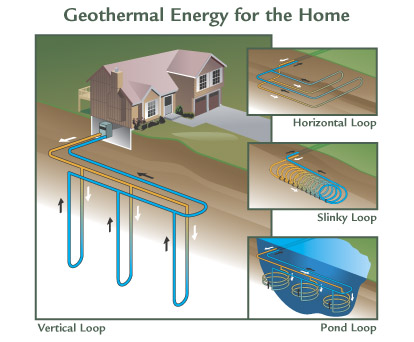Water sources such as those of rivers and lakes could be used to generate energy with a system now under test. The British Energy Secretary, Ed Davey, has described the development as “game changing” in relation to Britain’s need for renewable energy against the backdrop of insecurity in Russia, which supplies much of Europe’s gas, and the political row at home over soaring fuel bills – plus the EU fore-against discussions.
In the first system of its kind in the UK, a heat pump in the Thames will provide hot water for radiators, showers and taps in nearly 150 homes and a 140-room hotel and conference centre in south London, saving 500 tons of carbon emissions from being released every year into the atmosphere.
In theory, any body of water, including tidal rivers as well as standing water such as reservoirs and lakes, can be used as long as they are in the open and heated by the sun. Other similar systems are using heat from air as well as water, and these are seen as part of the low-carbon future of building heating.
Water-source heat pumps have been used on an individual domestic level and are already working in Japan and Scandinavia, but have not been developed on the large scale nor been able to generate sufficiently hot water for everyday use. Now though, the boffins at Mitsubishi and Mike Spenser-Morris, a British developer and director of the Zero Carbon Partnership, have got a system that can generate 45C heat that can be used on a wider scale for mass housing complexes.
The Mitsubishi “Ecodan” pump, now in operation, won the award for best new product/technology at the Climate Week Awards in March, 2014. But, the price of the system has yet to be lowered and with advances the price tag promises to be much lower.
Water is drawn from two metres below the surface of the Thames (in the present case as aired by The Independent), where latent heat from the sun is sustained at around 8C to 10C all year round. The water is filtered twice and fed through a pump, where the low-grade heat is harvested by heat exchangers, while the cooler water is pumped back into the river. The heat exchangers transfer the heat to a series of condensers, which boost the 8C to 10C heat to 45C hot water using a process of reverse refrigeration. This is used to heat domestic water piped into nearby homes. A small amount of electricity is used to power the system.
Speaking to The Independent on Sunday, Energy Secretary, Ed Davey told reporter Jane Merrick: “This is at a really early stage, but it is showing what is possible. You never have to buy any gas – there are up-front costs but relatively low running costs.
“I think this exemplifies that there are technological answers which will mean our reliance on gas in future decades can be reduced. Here you have over 100 homes, you have a hotel with nearly 200 bedrooms and a conference centre that won’t be using gas. It will be using renewable heat from the nearby River Thames. This is a fantastic development. My department is exploring the potential for this sort of water-source heat pump across the UK, so we’re going to map the whole of the UK for the potential.”










